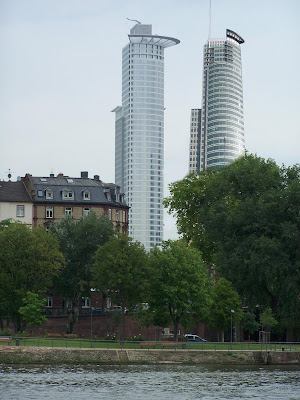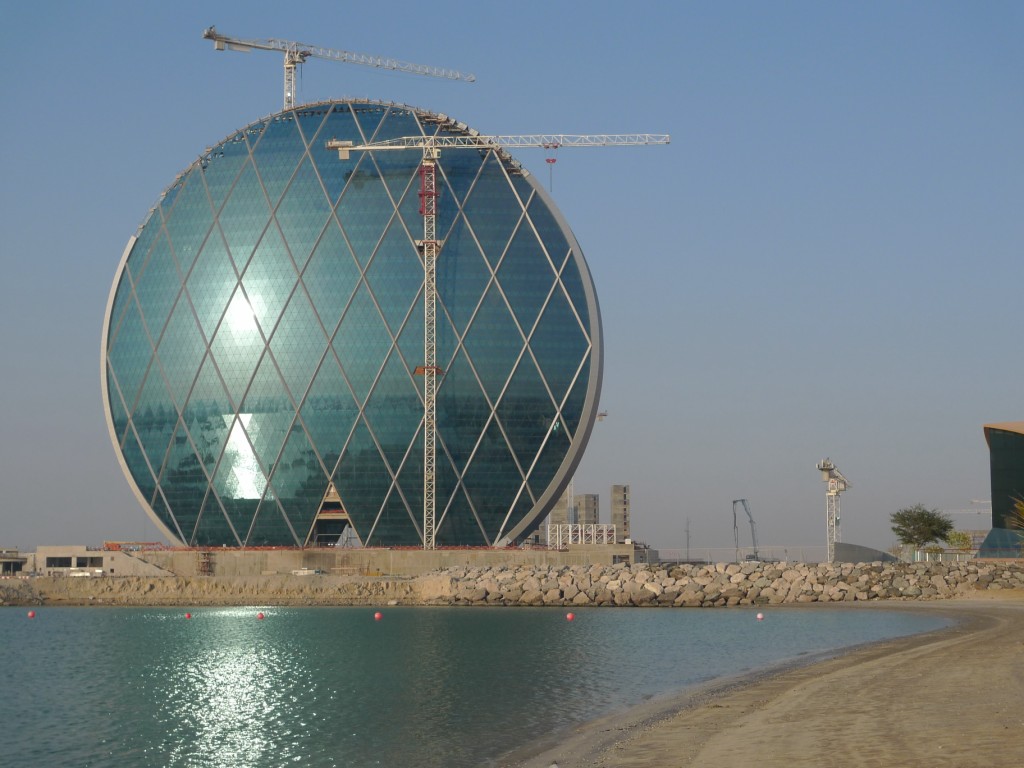
From the 1980s, 340 million people – the equivalent population of the U.S. The multiplication of supertalls and of skyscrapers generally in Chinese cities is the direct result of government policies of urbanization. READ ABOUT MIDDLE EAST CLOSE CHINA AND HONG KONG China, including Hong Kong, accounts for 30 of the 58 supertalls in our surve y. The only other supertalls in the Middle East are o f fice buildings in Riyadh and Kuwait Cit y.

In nearby Jeddah, construction on the Kingdom T owe r, now renamed Jeddah T owe r, is stalled at about one quarter of its projected height of 1,000+ meters. to its crescent atop the Abraj Al-Bait complex of hotels, the Great Mosque, the Kaaba, and other pilgrimage facilities at Mecca. Completed in 2012, the Makkah Royal Clock T owe r, third tallest structure in the world, rises to 601 meters / 1,972 ft. In the Kingdom of Saudi Arabia, both petrodollars and religion upped the scale of supertalls. Dubai ’ s other four supertalls are all residential, as is the single example in Abu Dhabi. Principally residential, the tower includes corporate suites only on the top 37 stories. The most ambitious was the 163-story Burj Khalifa, which at 828 meters/ 2,717 feet, is by far the tallest structure on the planet.

Extravagant real estate ventures, such as the artificial Palm Islands in the Persian Gulf – visible from space – drove the econom y. MIDDLE EAST In the 1990s Dubai, a city-state in the United Arab Emirates with a population of only about 1.4 million and no oil of its own, began to position itself as the financial, commercial, and recreation center of the Gulf region.


 0 kommentar(er)
0 kommentar(er)
